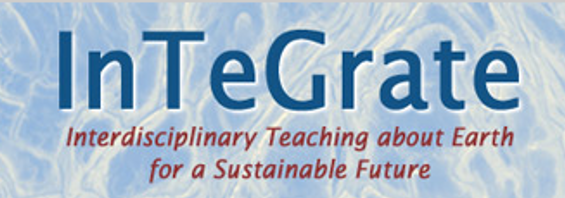A Growing Concern: Sustaining Soil Resources through Local Decision Making
Author(s): Sarah Fortner1, Martha Murphy2, Hannah Scherer3
1. Wittenberg University 2. Santa Rosa Junior College 3. Virginia Tech
1410 total view(s), 278 download(s)
Description
This module addresses soil sustainability in the context of land management and climate change. Students are engaged through an active learning environment (e.g. physical modeling, think-pair-share, and jigsaw exercises), encouraging critical thinking and reflection. The entire process requires that students develop interdisciplinary thinkingskills to synthesize how soil erosion relates to land management decision-making.
Students investigate the basic interactions between Earth's spheres, a key component of which is the positive feedback between agricultural practices and the sustainability of soil as a vital resource. They apply systems thinking as they consider how predicted changes in climate will impact soil sustainability in their local area.
Students challenge their conceptual models about soil erosion and sustainability through the use of real-world geoscientific data, both data they generate and data gathered from existing USGS and USDA databases. In the process, they develop data collection and analysis skills and the ability to access existing data using technology tools.
Students gain an understanding of the nature and methods of geoscience through building observational skills, using charts to characterize soil samples, and working with geospatial data to understand how humans alter geologic rates of change. Geoscientific habits of mind will grow through working with authentic data and translating scaffolded knowledge into decision-making as students take on the role of agricultural "experts."
Cite this work
Researchers should cite this work as follows:
- Fortner, S., Murphy, M., Scherer, H. (2018). A Growing Concern: Sustaining Soil Resources through Local Decision Making. InTeGrate, QUBES Educational Resources. doi:10.25334/Q40D5C
